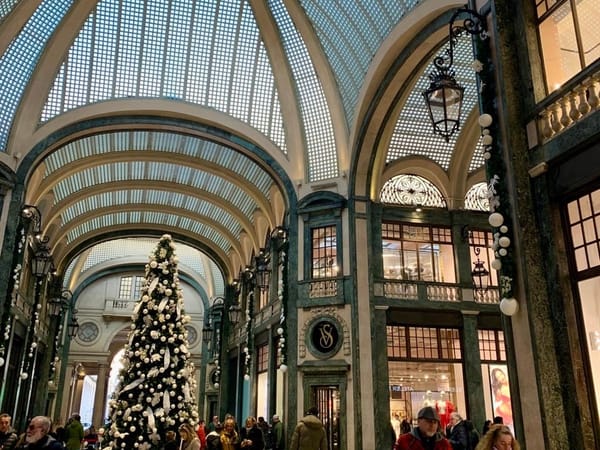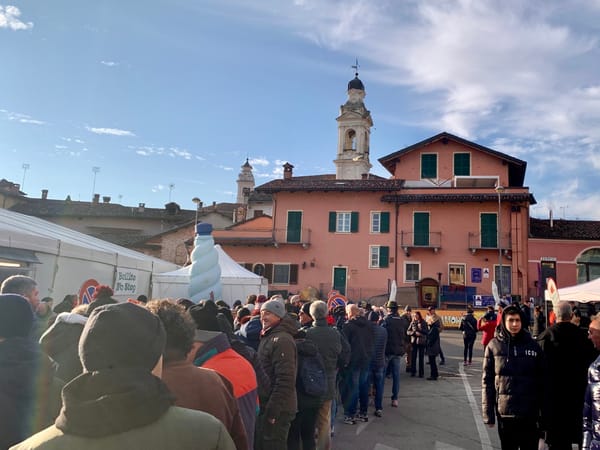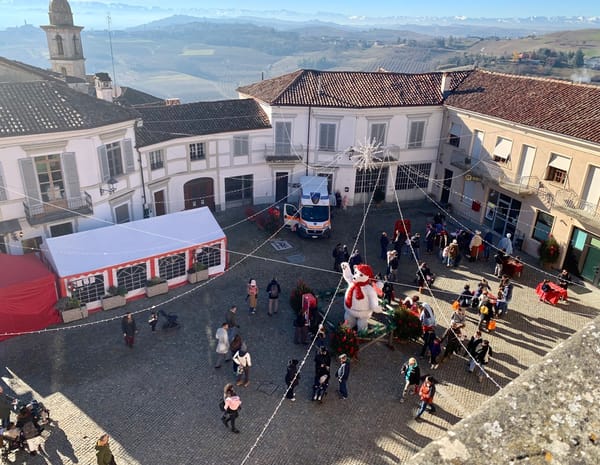When Is the Best Time to Visit Piedmont, Italy?
Truffle season is the high season—but what about the rest of the year?
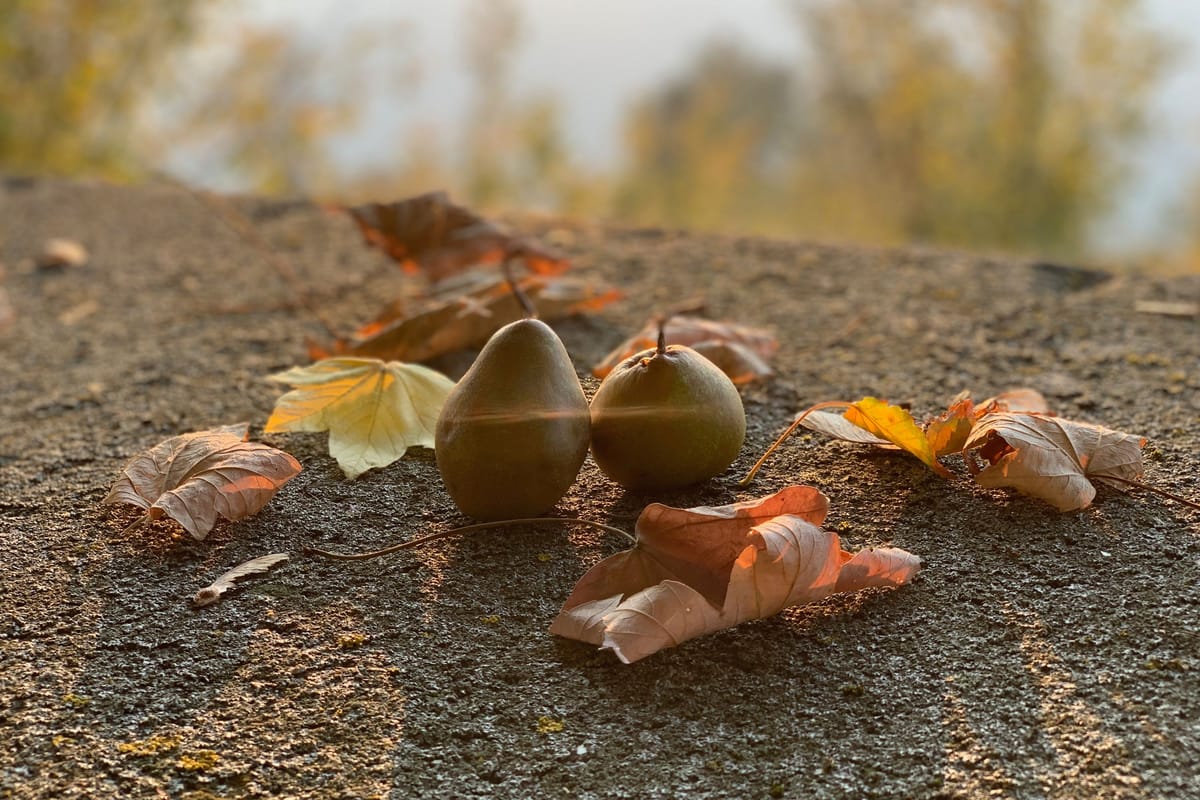
Piedmont is Italy’s second-largest region after Sicily—and one of its most diverse. High Alpine peaks tower over rolling UNESCO-protected vineyards, shimmering lakes reflect Belle Époque villas, and in the markets and restaurants you’ll find a food culture whose crowning glory is Alba’s white truffle.
I’ve experienced Piedmont in every season, and the truth is, there’s no bad time to visit. Festivals fill the calendar, vineyard visits are possible most of the year, and when the hills quieten for winter, the ski slopes open in the Alps.
The “best” time to visit depends less on the weather and more on what you hope to experience—wine, food, nature, or festivals.
This guide breaks down Piedmont by season, with notes on wine, truffles, events, and travel style—plus tips for travelling sustainably.
Piedmont’s Seasons at a Glance
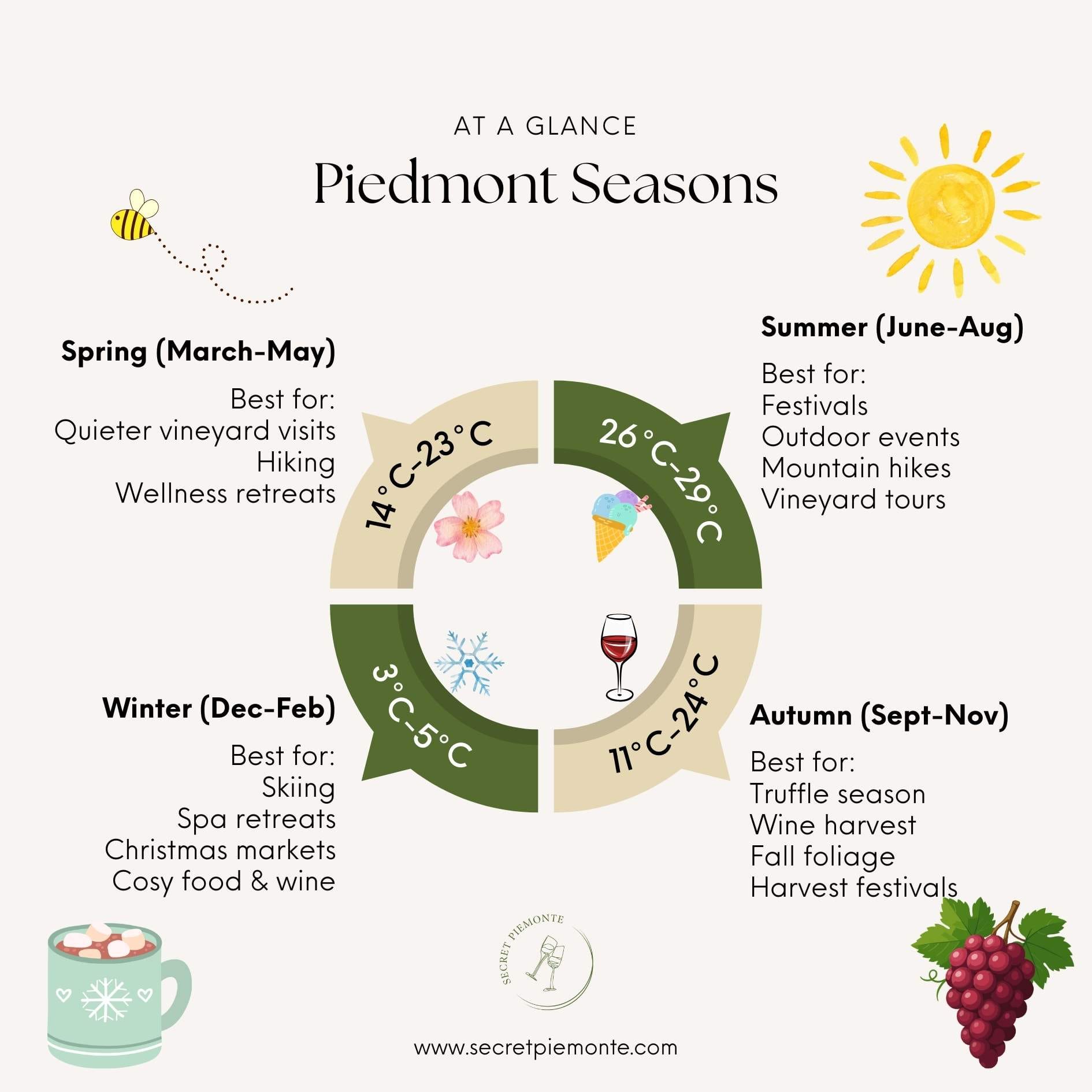
Spring (March-May)
Spring arrives slowly in Piedmont: cool and rainy at first, then gloriously sunny as summer approaches. The hills and vineyards awaken after winter; cherry trees blossom, asparagus and strawberries appear in markets, and wineries reopen their doors.
It’s an excellent season for those seeking a quieter, more personalised experience—an eco-luxury traveller’s dream. You’ll find space at the table in restaurants and more time with winemakers during tastings.
Festivals start to blossom too: Vinum Alba (a celebration of Langhe wines), Barbaresco in Tavola, and the Santena Asparagus Festival. Spring is also when the bianchetto truffle, a more common cousin of the white truffle, comes into season.
As the mountain snow melts, another tradition comes to life: hikes in the alpeggi. These high-altitude summer pastures open up, welcoming cows and calves after winter stabling.
Travellers heading into the Val di Susa or Valle Maira can stop at alpine dairies to sample fresh toma and other mountain cheeses.
Summer (June-August)
Early summer offers long, warm days and lush green vineyards. By July and August, the sun is intense in the plains, but the Alps and lake district provide cool escapes.
The season is alive with village festivals and outdoor events: from the hazelnut fair in Cortemilia to the music extravaganza of Collisioni. Evenings are best spent outdoors—sipping Barbera at a winery concert, or enjoying cocktails on Lake Orta as the sun sets.
Do note that August is Italy’s traditional holiday month: many businesses close around Ferragosto (August 15th) for the second half of August. In exchange, you’ll find lively piazzas, firework displays, and a contagious holiday spirit.
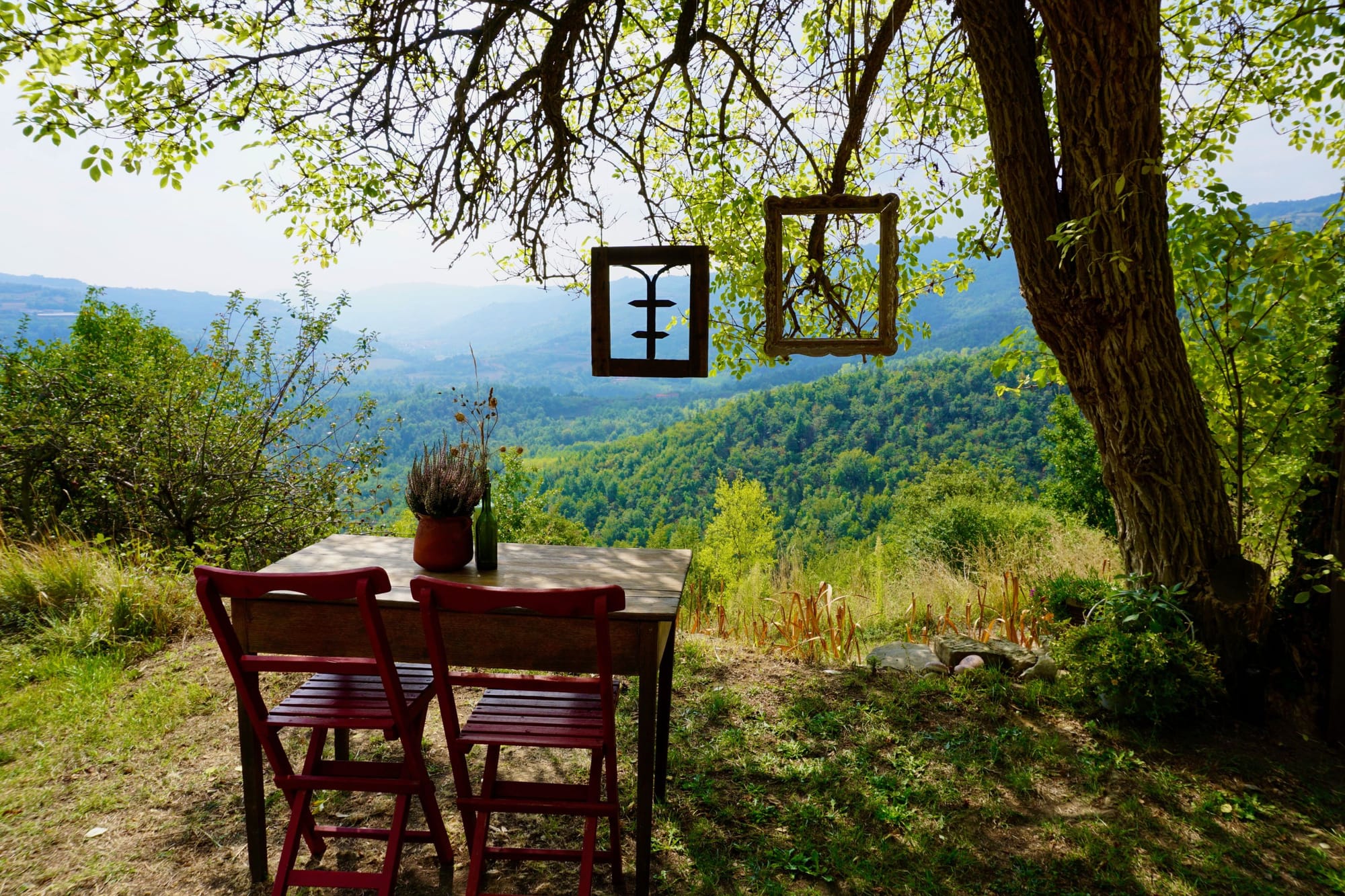
Autumn—AKA Truffle Season (September-November)
Autumn is the season that defines Piedmont. The vendemmia (wine harvest) brings life to the vineyards, which turn from green to gold and crimson. In the forests, chestnuts and mushrooms appear as if by magic, and the world’s most coveted truffle—Alba’s white truffle—comes into season.
Throughout October, November, and early December, the International Alba White Truffle Fair draws chefs, collectors, and travellers from across the globe. Bookings for truffle hunts, tastings, and cooking demonstrations sell out early, so plan well ahead.
Beyond Alba, autumn is festival season everywhere, including Asti’s Festival delle Sagre, Bra’s Cheese Festival, Vercelli’s Rice Festival, and Turin’s Terra Madre Salone del Gusto (every other September).
And despite the changeable weather, it’s also the most atmospheric time for romantic weekends in hill towns or lakeside retreats.
Heading to Alba this autumn? Check out this 3-day itinerary for truffles, wine, and fine dining.
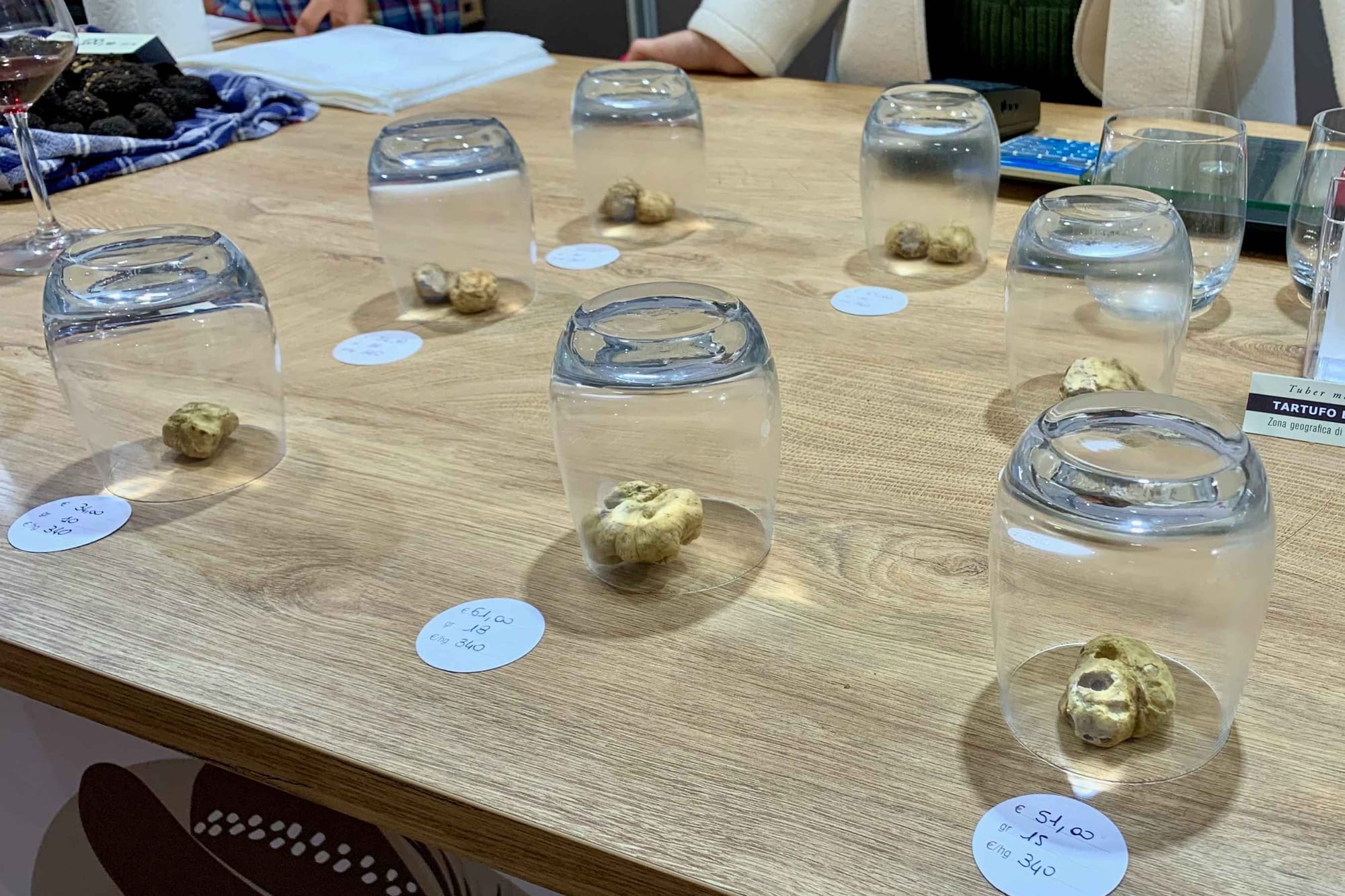
Winter (December-February)
Winter in Piedmont is long, cold, and rainy in the plains, snowy in the mountains. In the Alps, ski resorts buzz with life, while in wine country, snow-dusted vineyards fall silent. Many wineries close, but those that stay open feel wonderfully exclusive.
It’s a season for mountain spas, hearty cucina piemontese, and festive traditions. Turin’s Christmas markets transform the city into a fairytale, and nearby Govone hosts an elaborate Christmas village. In February, CioccolaTò celebrates the city’s world-class chocolate heritage.
For travellers who prefer peace, winter offers a slower, cosier way to experience Piedmont—whether skiing by day or savouring bagna cauda by a firelit trattoria table at night.
Piedmont Festival Calendar
Here's a (non-exhaustive) list of food and wine festivals in Piedmont.
Practical & Sustainable Travel Tips for Piedmont
- Check local conditions: Piedmont’s climate varies widely between the Alps, Turin, the Po Valley, and the Langhe. Always check the forecast for your specific destination.
- Tourist seasons: Unlike Italy’s coastal regions, Piedmont is visitable year-round. While summer sees visitors, the true peak is autumn, thanks to the Alba White Truffle Fair and harvest season.
- Shoulder seasons: March–May and December are excellent for avoiding crowds and minimising environmental impact. Many wineries, hotels, and restaurants are open or reopening, offering more personalised experiences.
- Eco-conscious stays: farm-to-table restaurants, family-run wineries, and hotels with sustainability certifications.
- Slow travel: stay longer, explore fewer places more deeply, and use public transport or e-bikes when possible.
- Booking essentials: During peak months, vineyard tours, wine tastings, and truffle experiences must be reserved well in advance.
- Winter travel: Outside of city and wine country closures, snow enthusiasts will find plenty of activity in the mountains during ski season.
Ready to Plan Your Dream Piedmont Trip?
As a year-round destination, there’s no single “best time” to visit Piedmont—whenever you visit, the region will reward you with experiences as rich and layered as its wines.
Ready to start planning your trip? Explore my Piedmont travel guide for insider tips on where to eat, stay, and explore.
Enjoyed this post? Support Secret Piemonte and buy me a caffè ☕


